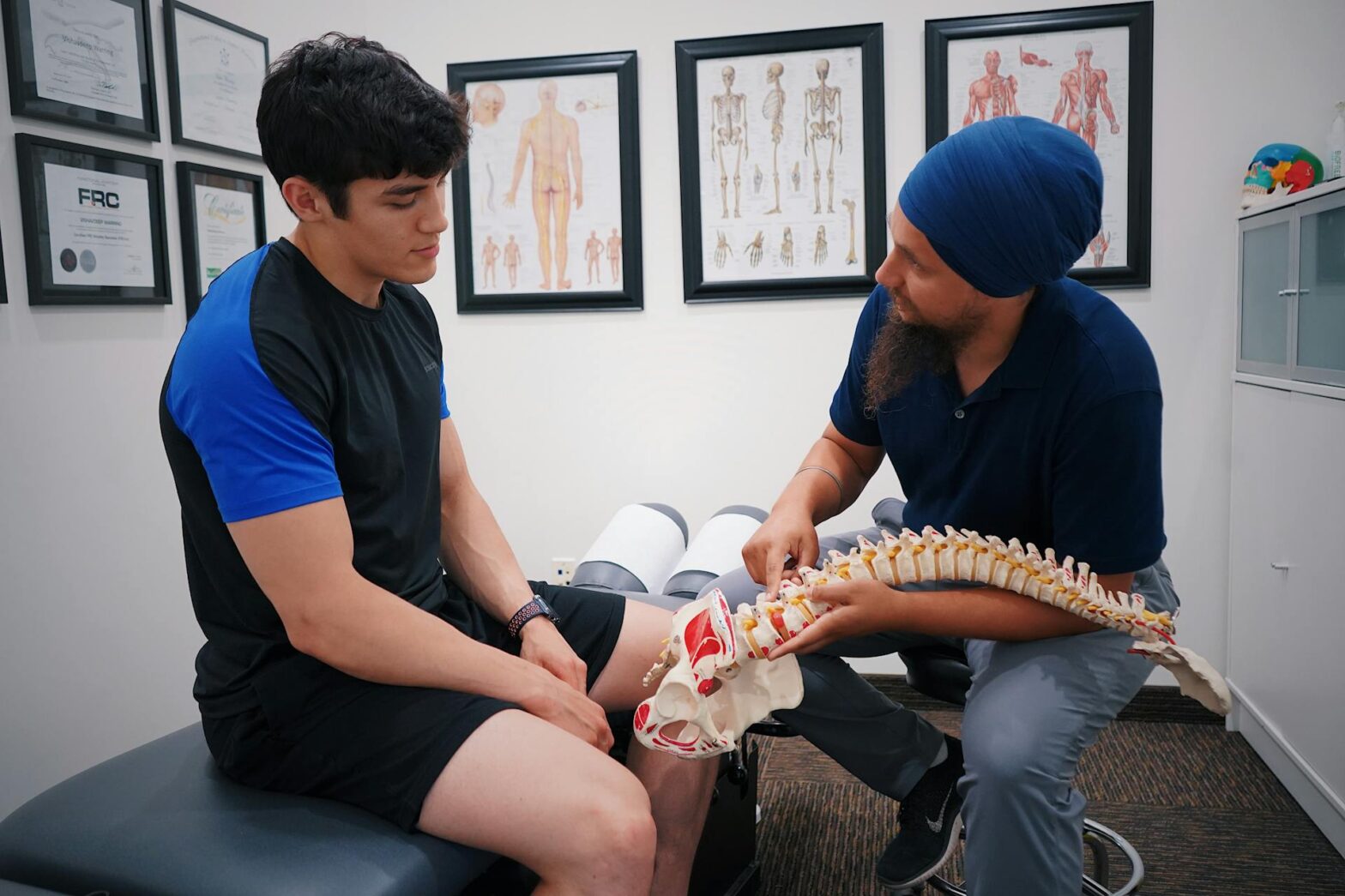Spinal cord injuries (SCIs) present a cavalcade of challenges for those who suffer them, with the physical effects compounded by the psychological ripples they leave behind.
It’s important to know how they happen, what the immediate effects on your body might be, and how you can manage the process of living with an SCI over the months and years that follow. So here’s a roundup of the main points you have to know about, whether you’ve recently been injured or you’re just preparing for this unforeseen scenario.
The Catalysts of Spinal Cord Trauma
The spine is both central to our physical structure and vulnerable to an array of injurious events. Here are just some of the most common reasons that it can suffer serious damage:
- Vehicular accidents
- Falls
- Sports injuries
- Diving incidents
- Acts of violence
- Medical or surgical complications
Anywhere from 250,000 to half a million people are encumbered by an SCI annually, according to the WHO. Perhaps unsurprisingly, the largest proportion of these injuries are the result of vehicular collisions, and premature death can be up to five times more likely even if you do survive the initial event.
So avoiding the aforementioned catalysts is an imperative for all of us.
Recognizing SCI Symptoms
The onset of a spinal cord injury can manifest through an array of symptoms, each signaling disruption to the body’s command center. Early recognition is key, so keep an eye out for:
- Loss of movement
- Altered sensation, such as the ability to feel heat, cold, and touch
- Incontinence or difficulty with bladder control
- Spasms or increased reflex activities
- Changes in sexual function and sensitivity
- Intense stinging sensation or pain
- Difficulty breathing, coughing or clearing secretions from your lungs
With SCIs, immediate signals may not always indicate long-term outcomes – so don’t assume that if any of these symptoms is present that it will also persist indefinitely.
That said, fewer than 1% of patients who are admitted to hospital with an SCI are subsequently discharged following a full recovery of their neurological functions, even if the immediate threat to their physical survival is over. So speedy intervention from specialists is advised.
Avenues for Sustained SCI Management
The journey of adjusting to life with a spinal cord injury is ongoing and multifaceted. It’s first worth noting that the indirect cost of such a condition is pegged at just over $77,000 annually, so it’s a good idea to rely on your local spinal cord injury attorney to provide advice on how to seek compensation and support for the long-term care options that are necessary.
The avenues for management aim to restore independence and enhance quality of life include:
- Physical therapy and rehabilitation
- Occupational therapy
- Adaptive technologies and assistive devices
- Surgical interventions when appropriate
- Medication for pain and spasticity control
- Counseling and support groups
- Lifestyle modifications, including diet and exercise
Engagement in regular activity or therapeutic exercises has been found pivotal, with studies indicating that individuals with SCIs who participate in even minor physical activities report a decrease in secondary health complications, such as pressure sores or urinary tract infections. This reflects the significant impact that active management can have on mitigating long-term challenges associated with SCIs.
Wrapping Up
While SCIs are relatively rare, the improvement in outcomes for this type of injury has remained somewhat stagnant over the last few decades, and so it’s best to be proactive not only in terms of avoiding them, but also dealing with the fallout if they do occur.
This will let you adjust to a drastically changed life without being unnecessarily encumbered by the physical, psychological or financial burdens placed upon you.
Image Source: Pexels



















